I have previously visited Chrystalls Beach on its remote stretch of coastline south of Dunedin. What I didn’t know at the time is that this beach is also the place where 2293 gross ton French steel barque the Marguerite Mirabaud was wrecked in 1907. The book I was reading claimed that to commemorate the event, the mainmast of the ill-fated ship had been mounted above the beach. Was it still there? Only one way to find out!
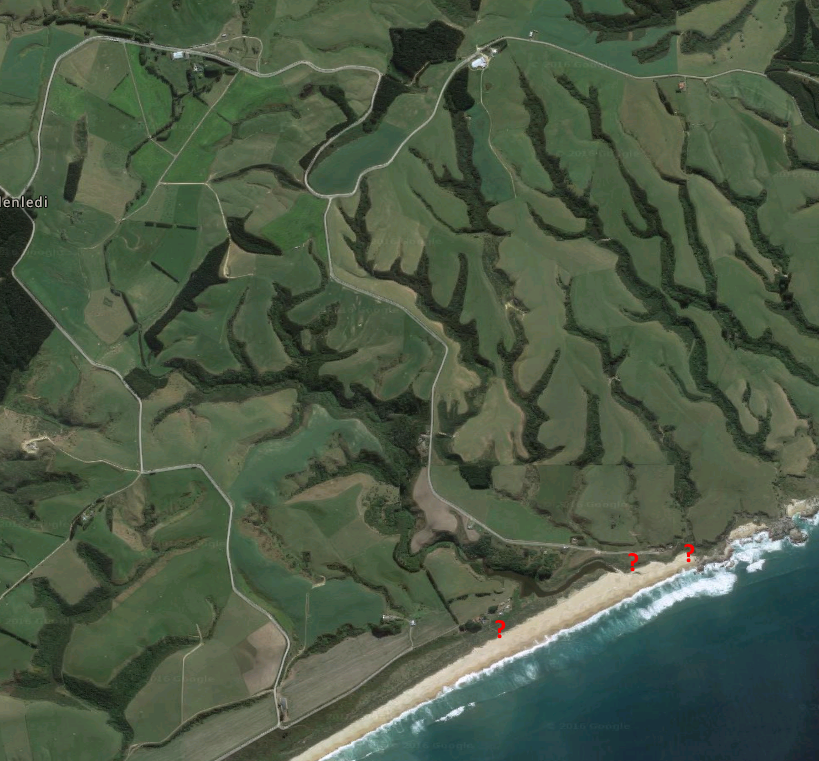
I held off starting out until early afternoon, thinking that I might be able to convince more people to join me if I delayed until a reasonable hour. However my trusty Dad was the only person who responded, and the previously sunny weather began to deteriorate into pouring rain as we set off. We held out hope that it would clear as we headed south, pointing out any nicer-looking patches of sky as evidence to support this theory.
Unfortunately it continued to hose down as we approached Milton and turned left on to Forsyth Rd. I then changed tack, claiming that the bad weather was really a blessing, as it would lend authenticity to my experience of the wreck site. Dad seemed unconvinced.
I made the right into Back Rd and prepared to turn on to Glenledi Rd, only to find it inexplicably closed. Blast! I continued in the direction indicated by a detour sign, determined not to let this setback end my adventure so soon. I thought I’d be clever and tried to get around via Bush Gully Rd, which passed a couple of quarries and got steadily rougher and narrower as I proceeded. Eventually it petered out at a farm gate, and I wasn’t keen to try off-roading it. So I retraced my route back to Toko Mouth Rd, only to discover the smug detour sign which I’d previously ignored. This led me on to Coal Gully Rd which eventually did get me over the ridge and on to Glenledi Rd. Funny what following instructions can do for you.
And now I had to figure out where to start my search. One of my sources stated it had been erected “just above the beach” and the other claimed it stood “alone on a grassy knoll…where a few cribs are scattered”. My previous adventure and some Google-satellite-map searching indicated that it was unlikely to be south of Cooks Head Rock as the road turns private and appears only to lead on to farm land beyond. At the north end of the beach there are two little groups of baches separated by Nobles Stream, one reached by Irishmans Rd and the other by Chrystalls Beach Rd. I mentally tossed a coin and chose to start from the Irishmans Rd side.
Turning left once I got to the road parallel to the beach instead of right towards Aonui, we passed a cheerful welcome sign urging us to watch out for free-range kids.
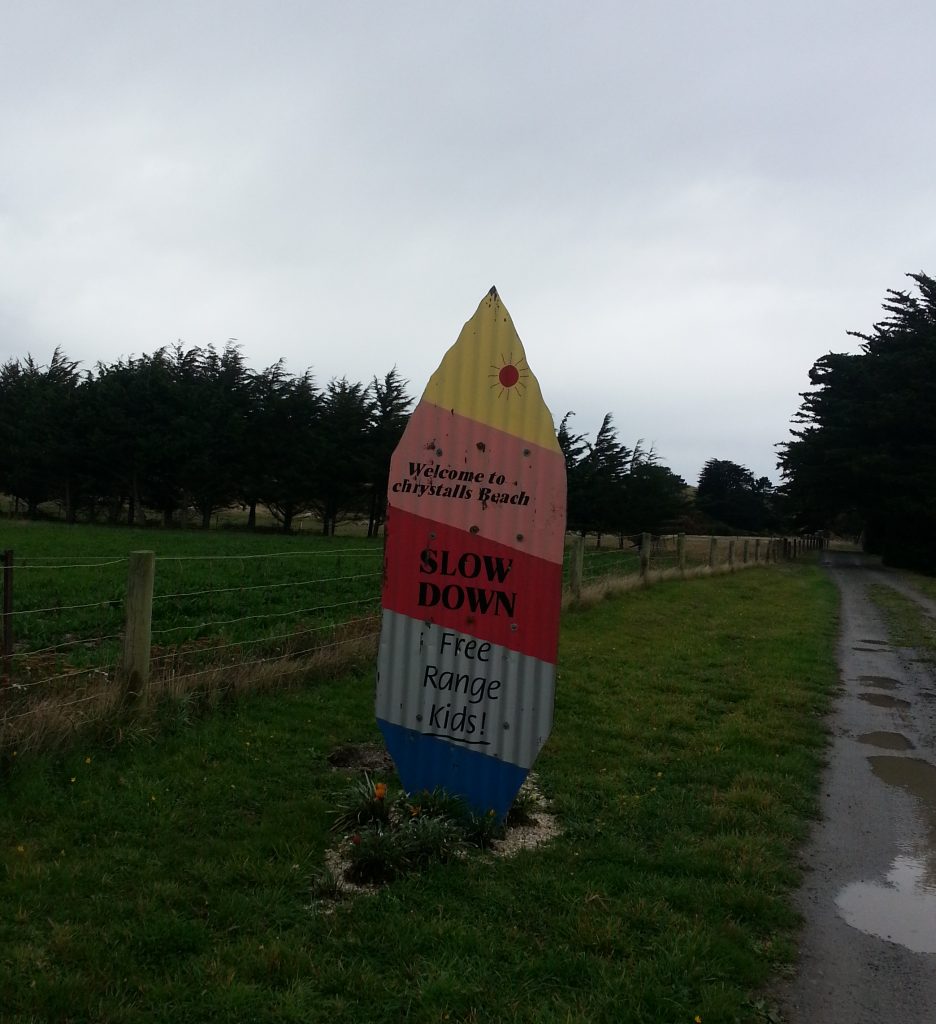
Past some macrocarpas was a scattering of small cribs, just as promised, but it seemed the free-range kids were regular inside kids today. Several of the baches had flagpoles which I eyed suspiciously, but none of them turned out to be the mast for which I was searching. We did a damp circuit of the area, revealing nothing. As we left the little cluster of baches, I asked Dad if he wanted to climb Cooks Head Rock or check out the entomological reserve nearby. He did not.
So we circled around on to Bull Creek Rd and then on to Chrystalls Beach Rd, to investigate the other side of the estuary. We found yet more flagpoles, but no mast. However on a grassy clearing by the beach, we did find a stone memorial to the ill-fated Marguerite Mirabaud. Surely that means we aren’t too far off track?
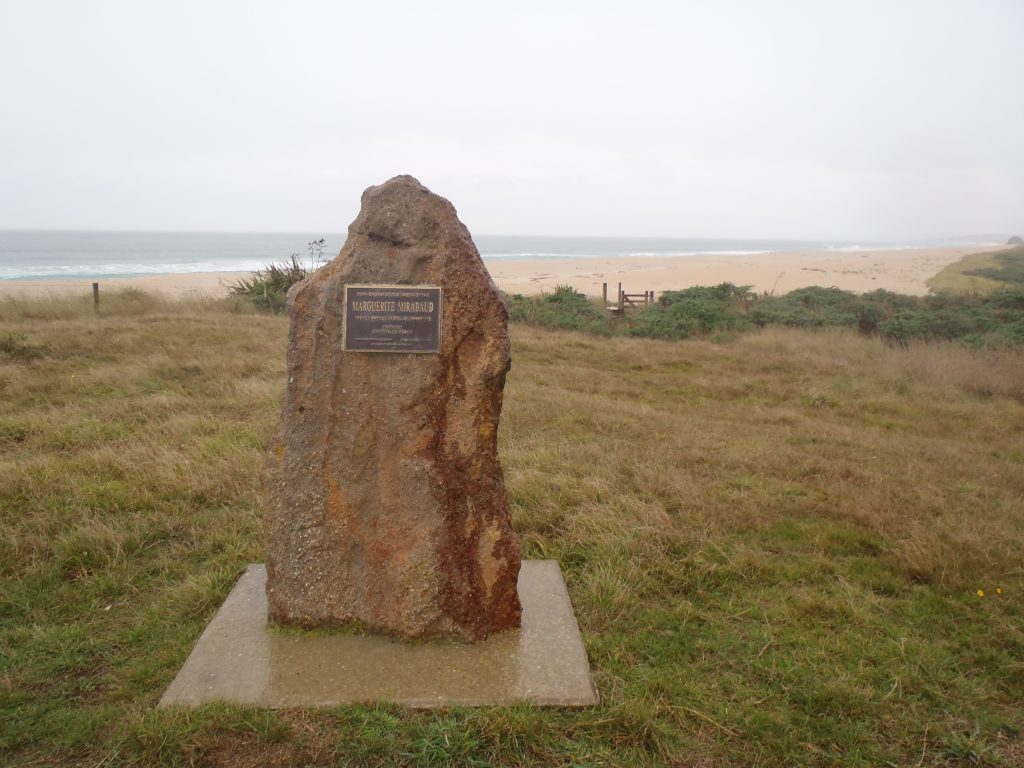
I got out, briefly allowing the rain to blow horizontally into the vehicle and soak everything, including my long-suffering father. Standing in the driving rain to read the plaque – erected by the Tokomariro Historical Society and the Otago Maritime Society on the hundredth anniversary of the wreck – I considered the experience of the 24 Frenchmen who had found themselves stranded here on 17 February 1907.
In 1906 they had left La Rochelle, France, bound for Tahiti with 1000 tonnes of coal for the French warships there as well as liquor and other cargo to keep the squadrons in good cheer. They made a stop at Hobart before rounding the southern tip of New Zealand. Unfortunately they were beset by fog for several days while making their way up the East Coast, so thick that even the sun could not be seen, meaning Captain J. M. Tattevin was unable to take any observations that might have corrected their course. They grounded here at 3am on the 17th, about 30 metres from shore.
You might think it would be a simple matter to get the crew safely to the nearby beach, but in the stormy conditions of that night it was a very difficult prospect. Eyeing the powerful breakers crashing up the beach, I reflected that perhaps they might have faced similar conditions on that fateful day (See? Authentic!).
The First Mate, Mr Guihu, bravely set out to take a line ashore. Despite being much battered he managed to secure it and the crew were then able to be ferried across in the ship’s lifeboats. The last load capsized, spilling out the Captain and giving him a good knock on the head, however after four to five hours the whole bedraggled company had made the beach.
Somewhat bedragled myself (authentic), I returned to my vehicle. There was a moment of concern as my wheels spun on the slick grass but I made it back onto the road and pointed my headlights back towards the bastion of civilisation that is Milton.
The first local to notice anything amiss was farmer David Waters who saw the stricken ship around 7am. The news quickly spread and the community rallied around the castaways despite significant language barriers (only Mr Guihu had any knowledge of English, and even then not much). Later, they were transported to Milton, and once the ship had been written off they proceeded on to Dunedin to begin their long journey home.
The event was an absolute sensation for the usually quiet district, and visitors flocked in their hundreds to gawk at the stricken ship, a happy windfall for Milton’s livery stable but a cause of horror for the county council due to the mess that was being made of their nice new roads out to the coast. Pounded constantly by heavy waves, the abandoned ship was soon filled with water, the main mast toppled, and the sails in tatters.
The cargo and hull were auctioned off separately, with Hopkins and Geddes purchasing the hull for £110 and J. Nelson the cargo for £425. While the new owners set about salvaging and selling what they could, some of the cargo washed ashore miles south of the wreck, where the flaxmill workers who recovered it were unimpressed by the absinthe found within.
Any hope of re-floating the vessel was soon abandoned and so poor Marguerite Mirabaud was left to slowly break up where she lay. By 1909 she was barely visible except at very low tide. By now the only traces of her will be found with the salvaged parts that made their way into private homes and museums throughout the district. For a while, the ship’s bell was used by the Milton fire department.
Thwarted, we journeyed back towards Dunedin just as the weather began to clear. Of course the only three hours that it had rained had to be exactly when were out and about. As I scowled the sun broke through the clearing cloud, lighting up the flats with a magnificent double rainbow. I had to cross the Taieri River before I was able to stop safely and by that time only a single rainbow was still visible.

Ten seconds later and that rainbow too had faded away.
Later, I found that there is indeed more than one way to find out if the mast of the Marguerite Mirabaud still stands at Chrystalls Beach. I rang the Tokomariro Historical Society from my nice warm living room and simply asked.
Yes, it did used to be mounted near the beach. Yes, it has now been removed. It’s now tucked away neatly in somebody’s shed, so no amount of wandering around in the rain is ever going to find it.
References:
BARQUE ASHORE Star , Issue 8857, 18 February 1907, Page 3
FURTHER PARTICULARS. Press, Volume LXIII, Issue 12732, 19 February 1907, Page 8
MILLTON. Otago Witness , Issue 2762, 20 February 1907, Page 35
SUBDIVIDING AN ESTATE. New Zealand Herald, Volume XLIV, Issue 13422, 26 February 1907, Page 5
GLENLEDI. Otago Witness , Issue 2763, 27 February 1907, Page 35
The Marguerite Mirabaud Bruce Herald, Volume XXXXIII, Issue 16, 28 February 1907, Page 5
Untitled Tuapeka Times, Volume XXXIX, Issue 5424, 27 March 1907, Page 4
FATE OF A FRENCH BARQUE. Evening Post, Volume LXXIII, Issue 145, 20 June 1907, Page 7
LETTERS FROM THE LITTLE FOLK. Otago Witness , Issue 2866, 17 February 1909, Page 83
Rocks, Reefs and Sandbars: A History of Otago Shipwrecks by Bruce E. Collins
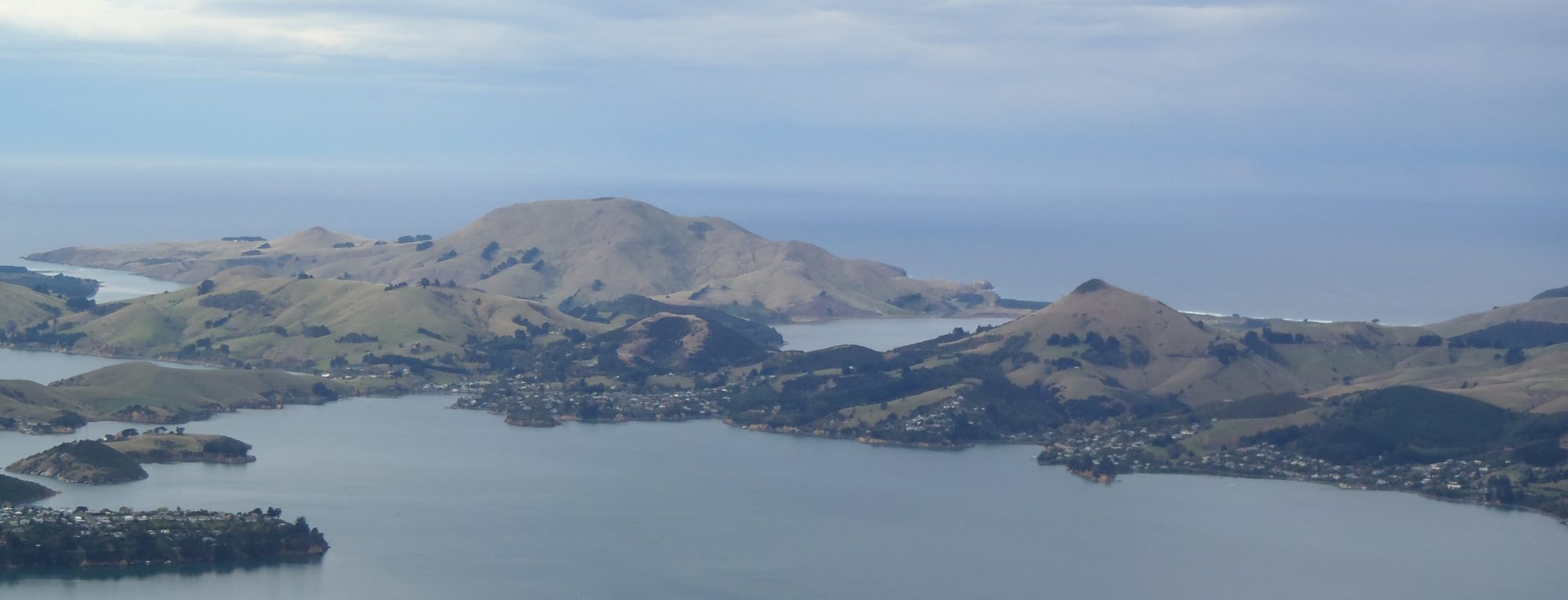
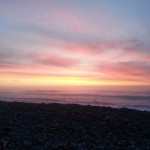
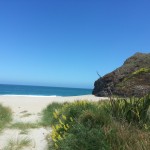
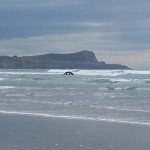
Another great adventure
Very Good, and thank you.
https://photos.google.com/share/AF1QipPvcNb0flxulgo15gG-gk9v8AkMaLCJHooN-CQyUv12qlVXY731yXSX5F70RXi1sA/photo/AF1QipO5HrCn5swlPeZZ4J9DFSog4i6COhAOD8LIafYV?key=RVYtZ3AtTmF1b3BiQmdpb251VElEd0JpdHRWclFB
Great picture, thank you!
Nice. Visited the plaque today – sorry but glorious weather!